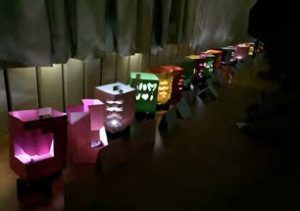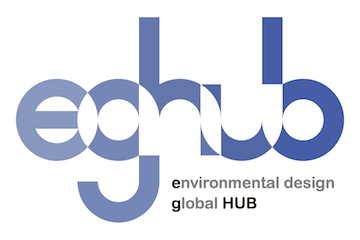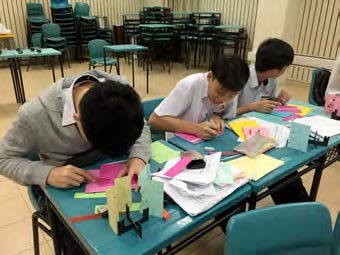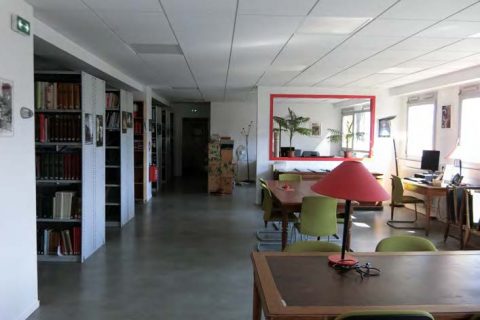The influence of a design professional cuts across hu- manity and environment. Such example of an influential role can be understood based on the common underlying educa- tional objectives of product design education, at university level, to respond to issues and problems related to humanity, environment and society. In fact, design education also plays a significant role in cultivating design professionals to be creative, problem solvers, independent thinkers, aesthetic sensitive and self-motivated individuals in contributing to the local and international community. Design education in such an aspect, is the important clog in the development of a design professional.
The Bauhaus design education and philosophies has spread its tentacles of influence on significant design programmes, from Europe to different parts of the world, since its inception in 1919. Although much have evolved for design education in the current time, traces of Bauhaus design education philosophies can still be found, particularly with respect to the Basic Design education.
In an attempt to study how design education can con- tinue to remain relevant against the backdrop of computer technology advancement, information explosion, increasing interconnectedness by SNS, globalization and environmental issues, the current research direction focused on a two- pronged approach: 1) a study on the characteristics of design education at tertiary level and 2) a study on the characteristics of design education at per-tertiary level.
At tertiary level, established product design programmes in Japan were studied due to her rapid developments in product design education, in Asia, since the Second World War. As part of this study, representative product design education curriculums from 16 Japanese universities in different parts of Japan, ranging from national universities, public universities and private universities were studied. In addition, to provide a broader perspective of Japanese product design education with respect to foreign product design programmes, product design education curriculums from Asian and European universities were included as part of the study. Visits to these foreign universities were done when- ever accessible. At the moment, the journey ahead for the study intend to focus on the current state and developments of design education in the South East Asian region.
At pre-tertiary level, design related subject such as Design and Technology, offered as part of the national curriculum for secondary schools, was studied. Using Singapore as an example, the current studies looked into the design activities done during the lessons. While Design and Technology is studied as a general education subject, rather than for professional training, the studies have provided useful evidence to show how design thinking skills, through design activities, can be acquired as part of important thinking skills that can be applied as a way of life.
While there is much to be done in the study of design education, nonetheless, it is hoped that these studies may eventually piece together an important tapestry of resources that may be used as a framework or strategies for personal and professional development, sustainable methodologies for social-economic development, environmental and heritage conservation through joint collaborative study and development of design education between developed and developing countries.







